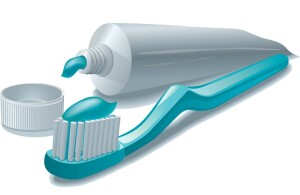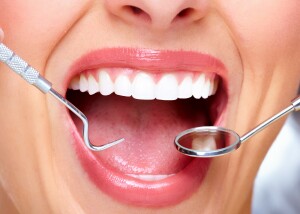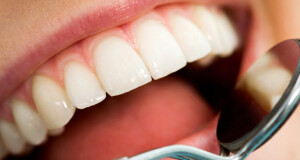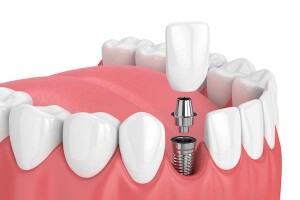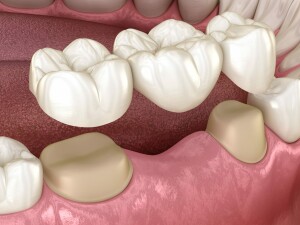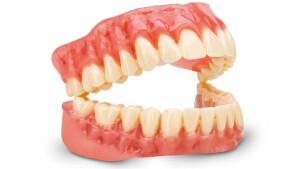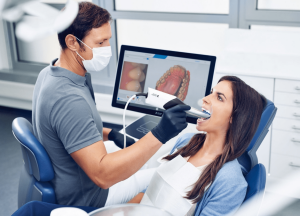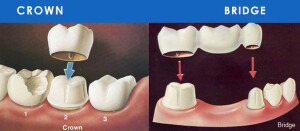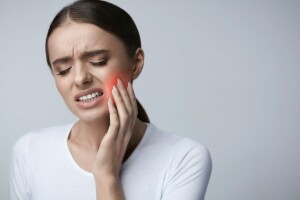
Adults and youngsters alike enjoy chewing gum, but while chewing gum can have its advantages, like freshening breath, it also can have its disadvantages. Being conscious of the detrimental effects of gum can help consumers make healthful decisions when next purchasing and planning on chewing gum.
1. Plaque Formation
Chewing gum or eating any food can cause plaque to make . After consuming food or chewing gum, plaque can formulate on the teeth. The bacteria found in plaque can directly cause cavity . If plaque isn’t faraway from teeth quickly enough through brushing and flossing, bacteria can calcify, turn in to tartar and eventually cause gingivitis if left untreated.
2. Cavity
Chewing sugared gum can cause cavity and gum disease. The chewing gum literally coats the teeth with sugar and may be especially destructive if you don’t brush your teeth immediately after chewing. Switching to a sugarless brand can alleviate the matter .
3. Unhealthy components of Chewing Gum
Other than sugar, chewing gum has many ingredients therein aren’t necessarily good for you within the future . like aspartame and other sweeteners that are known carcinogens (cancer inducing factors) .
4. Stomach issues
Most of the chewing gum contains powerful digestive juice . According gastroenterologist, chewing on an empty stomach can trigger or aggravate gastritis or other stomach troubles. it’s been observed that the content of chewing gums which are usually rubber base, sweeteners, combined with fragrances and softeners are obviously not good for health.
5. Tooth and Jaw Issues
Frequent chewing over time also can end in the wearing down of enamel . In individuals who are vulnerable to cavity , a skinny enamel can cause the caries to spread even faster, and a sugar – containing chewing gum will only accelerate the decay rate even more.

